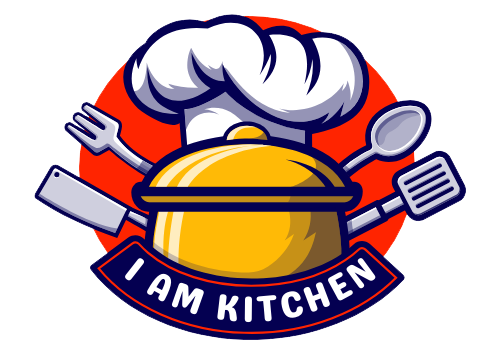Having the proper equipment in the kitchen can make a world of difference when it comes to cooking. One tool that every kitchen should have is a skillet pan. This versatile piece of cookware can be used for everything from searing meats to frying eggs, making it a must-have in any home cook’s arsenal.
What is a Skillet Pan?
A skillet pan, also known as a frying pan or a sauté pan, is a shallow, flat-bottomed pan with slightly curved sides that slope outwards. It typically has a long handle and is made from a variety of materials, including cast iron, stainless steel, aluminum, and copper. Skillet pans come in various sizes, from small 6-inch pans to large 14-inch pans, to suit different cooking needs.
The Benefits of Using a Skillet Pan
- Versatility
One of the primary benefits of a skillet pan is its versatility. It can be used to cook a wide variety of foods, from meats to vegetables, eggs to pancakes. Its shallow sides make it ideal for searing meats and sautéing vegetables, while its flat bottom makes it great for frying and browning.
- Even Heat Distribution
Skillet pans are designed to distribute heat evenly, which means your food will cook more evenly. The heat is distributed from the bottom of the pan to the sides, ensuring that your food cooks at the same temperature throughout. This is especially important when cooking delicate foods like fish or eggs, which can easily overcook if the heat isn’t distributed evenly.
- Non-Stick Surface
Many skillet pans come with a non-stick surface, which makes cooking and cleaning up a breeze. A non-stick surface means that food won’t stick to the pan, which makes flipping and transferring food easier. It also means that you won’t have to spend as much time scrubbing the pan after you’re done cooking.
- Durability
Skillet pans are designed to last, making them a great investment for any home cook. They are made from durable materials like cast iron, which can last for generations with proper care. Even non-stick skillet pans can last for years with the proper care and cleaning.
Tips for Using a Skillet Pan
- Preheat the Pan
Before you start cooking, make sure to preheat your skillet pan. This will ensure that the pan is hot enough to cook your food properly. To preheat your skillet pan, simply place it on the stove over medium-high heat for a few minutes.
2. Use the Right Oil
When cooking with a skillet pan, it’s important to use the right type of oil. Vegetable oil, canola oil, and olive oil are all good options. Avoid using butter or margarine, as they can burn quickly and leave a residue on your pan.
3. Don’t Overcrowd the Pan
When cooking with a skillet pan, make sure not to overcrowd the pan. Overcrowding can cause the food to steam rather than brown, which can affect the flavor and texture of your food. Cook in batches if necessary, to ensure that your food cooks evenly.
4. Clean Your Pan Properly
To ensure that your skillet pan lasts for years, it’s important to clean it properly. If you have a non-stick pan, avoid using metal utensils, as they can scratch the surface. Instead, use wooden or silicone utensils. Also, make sure to avoid soaking your pan in water for long periods of time, as this can cause it to rust.




